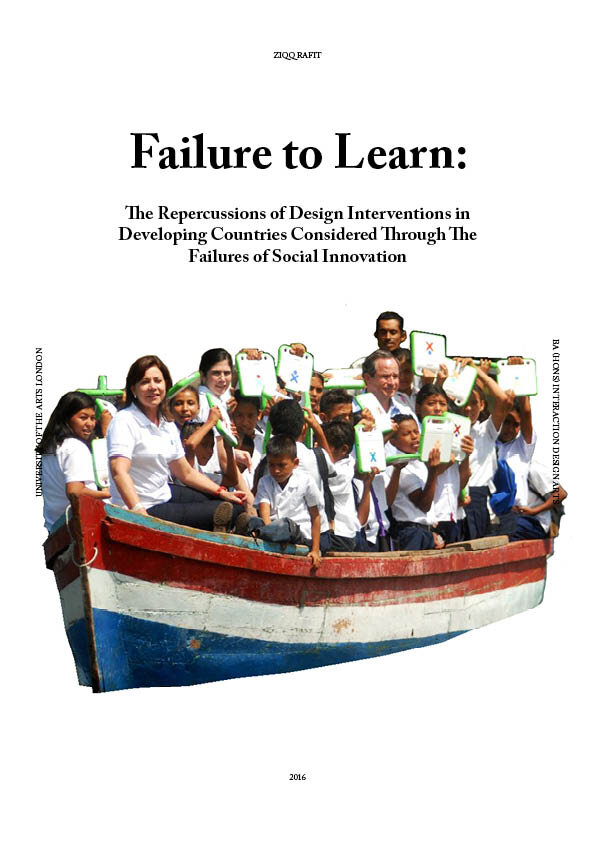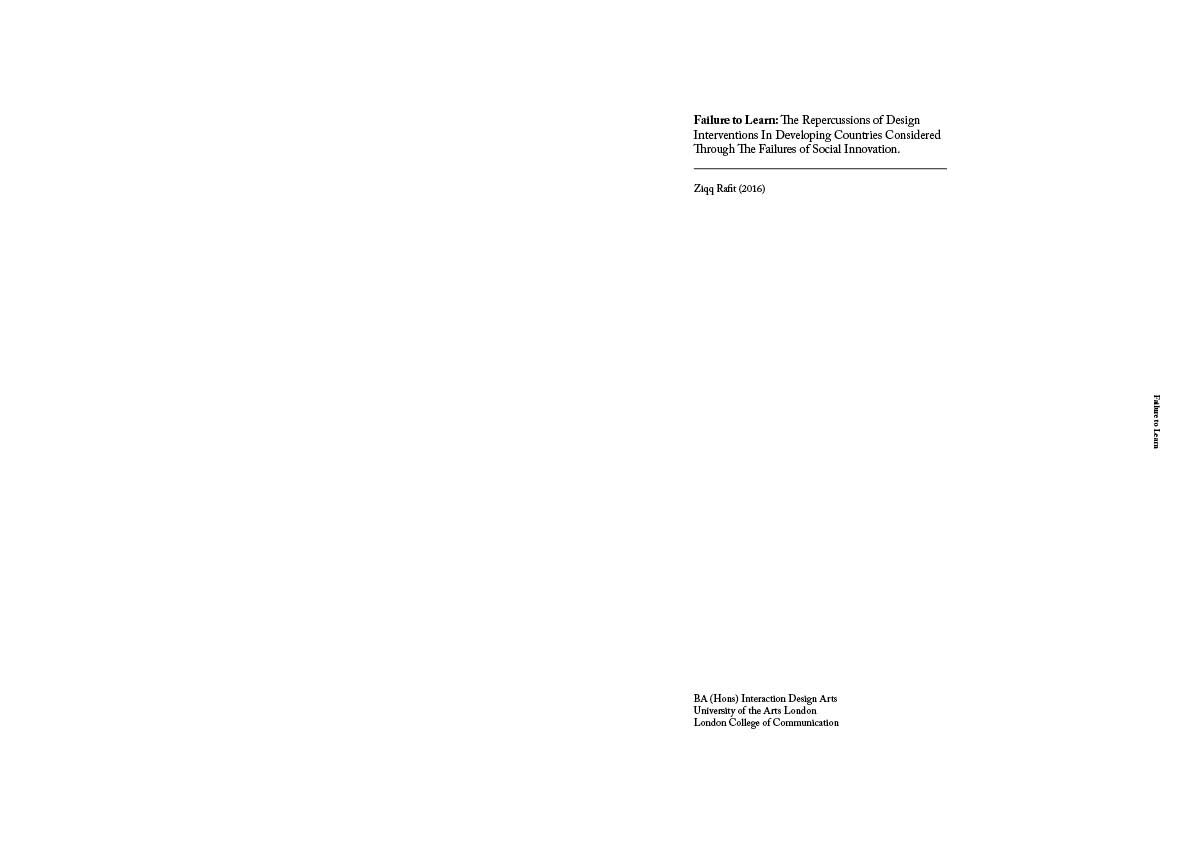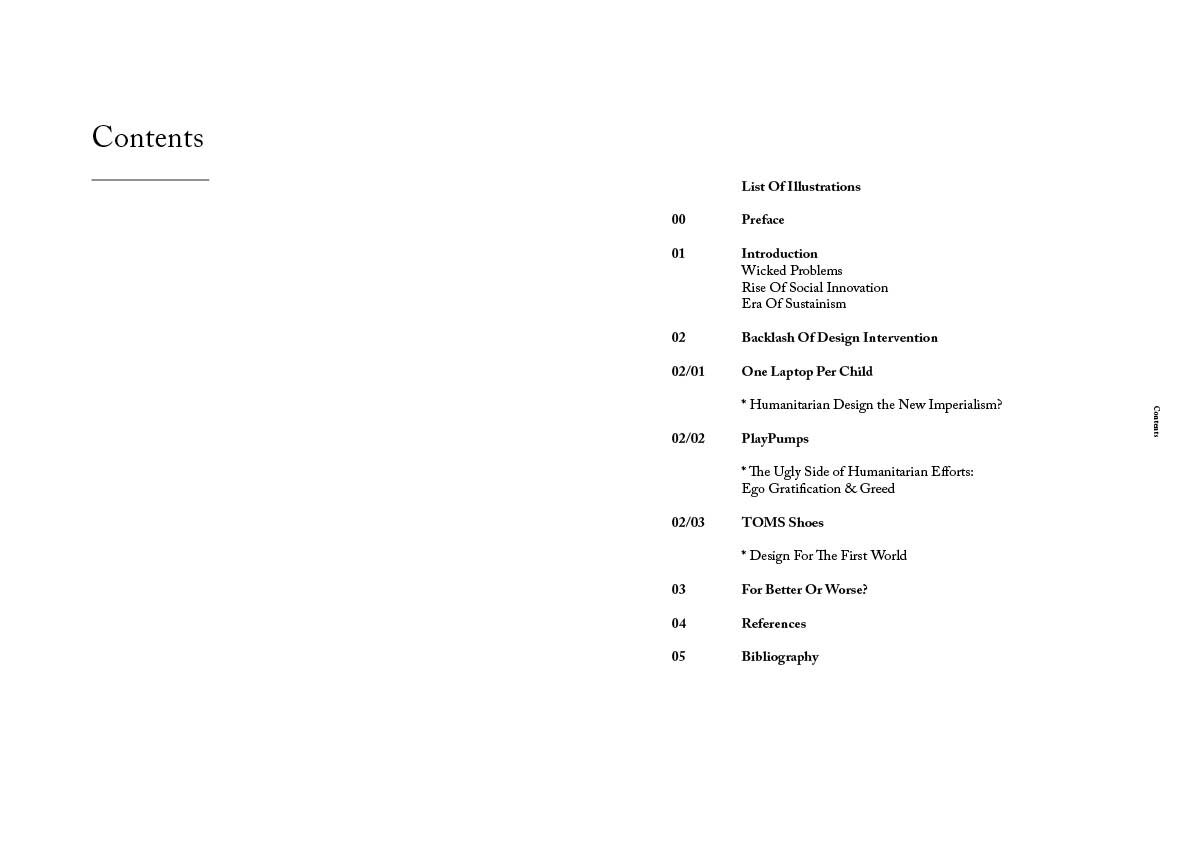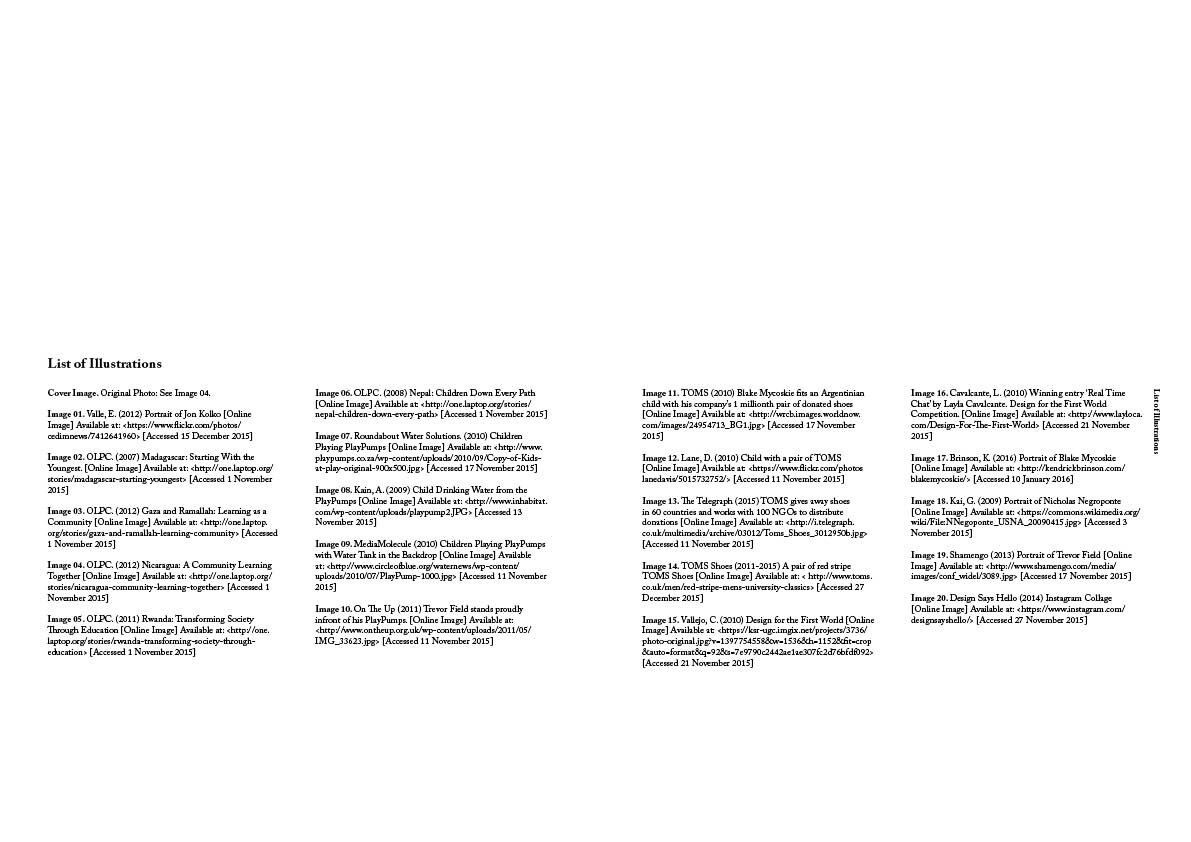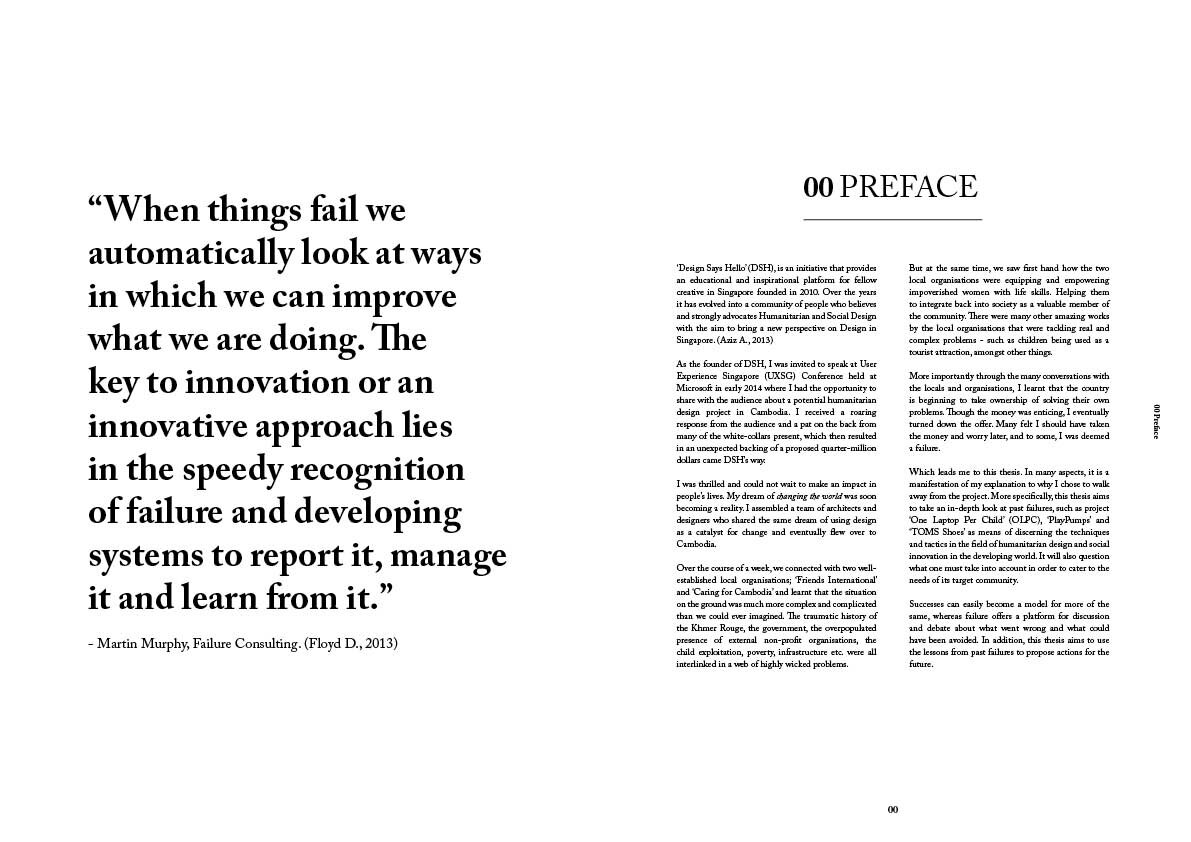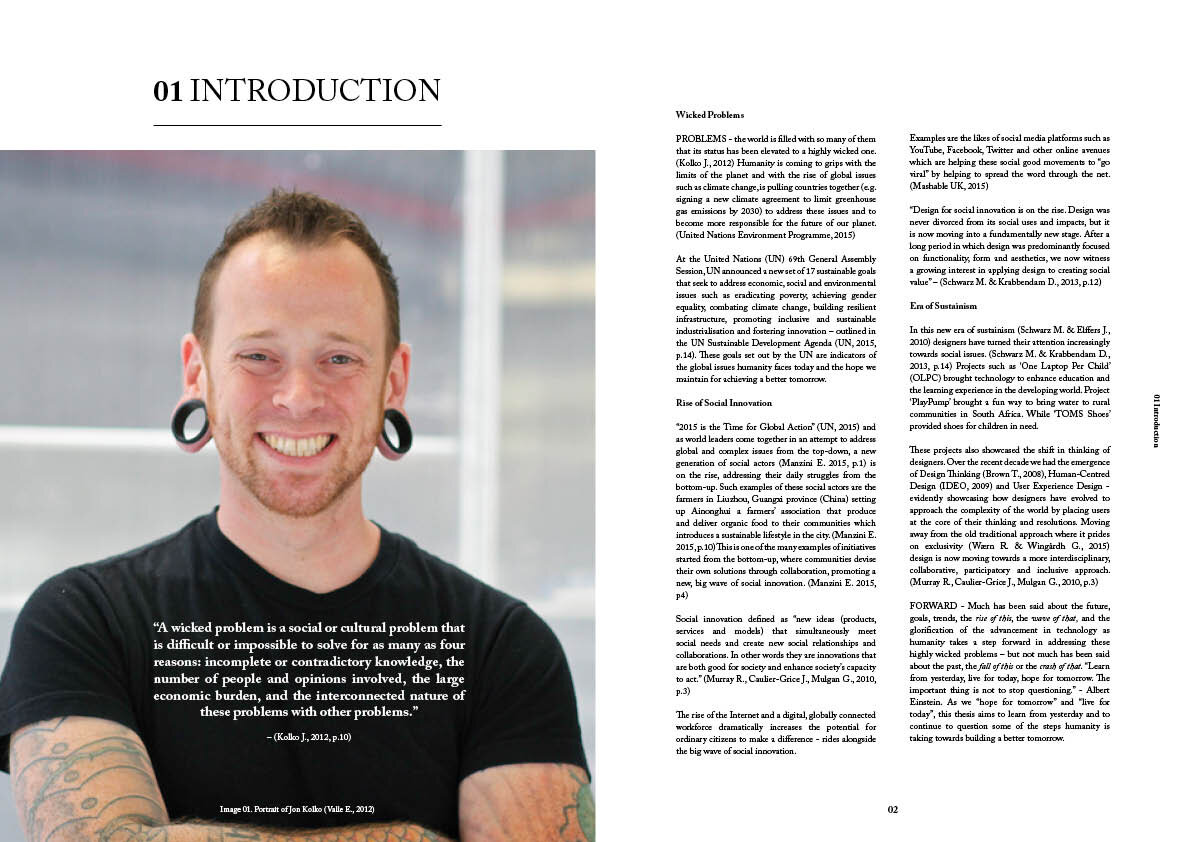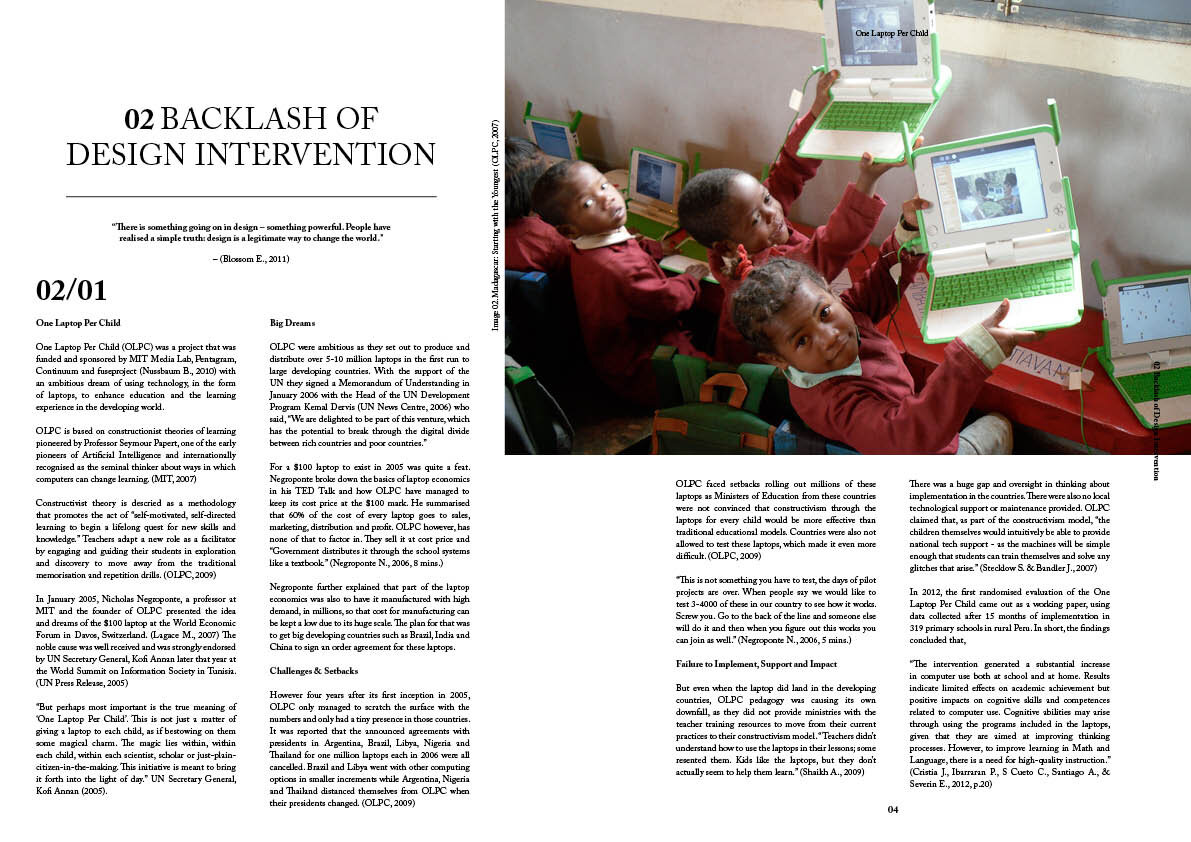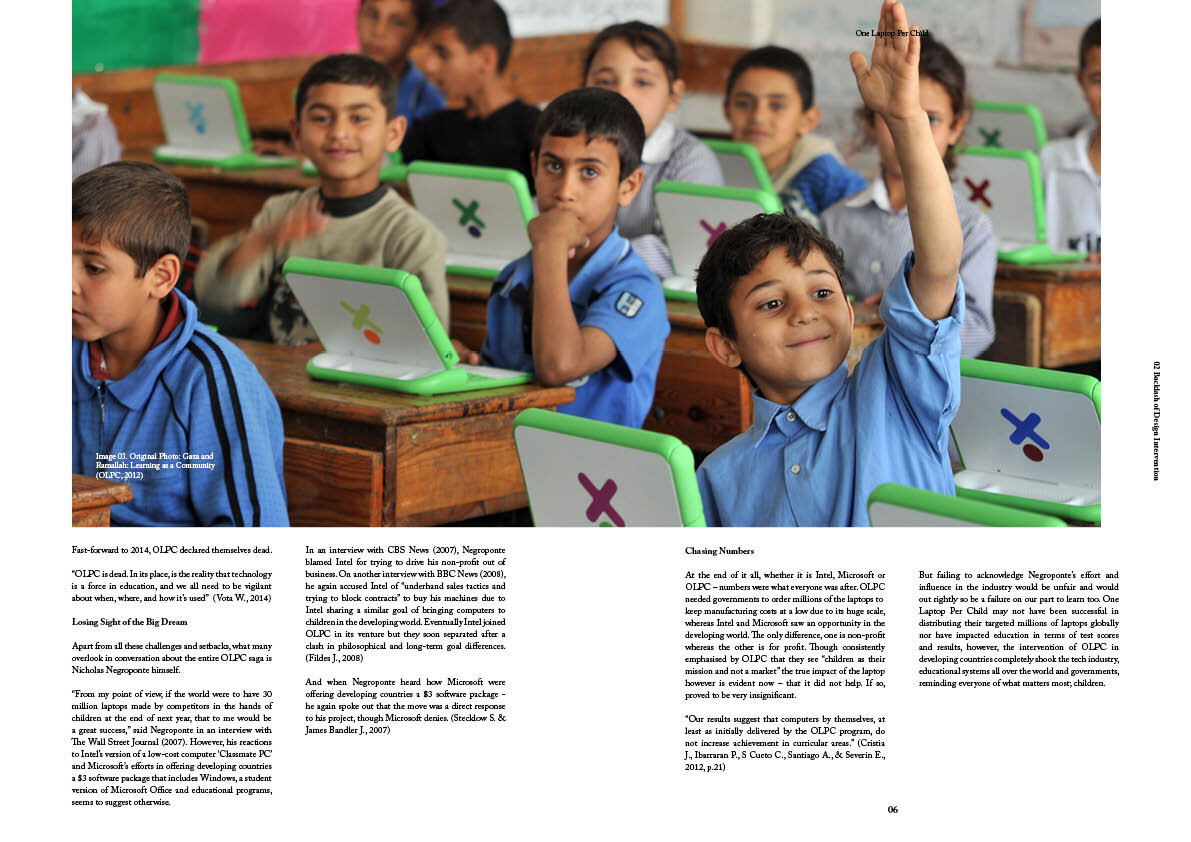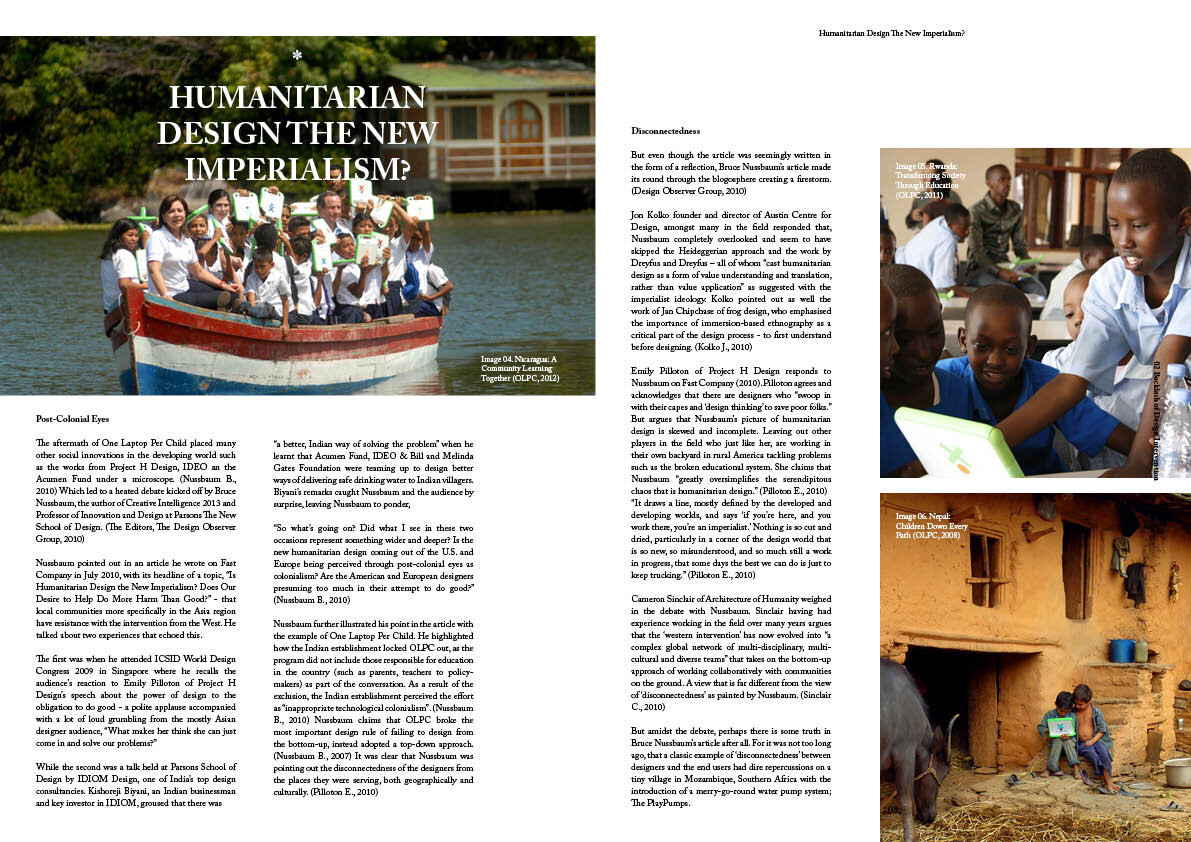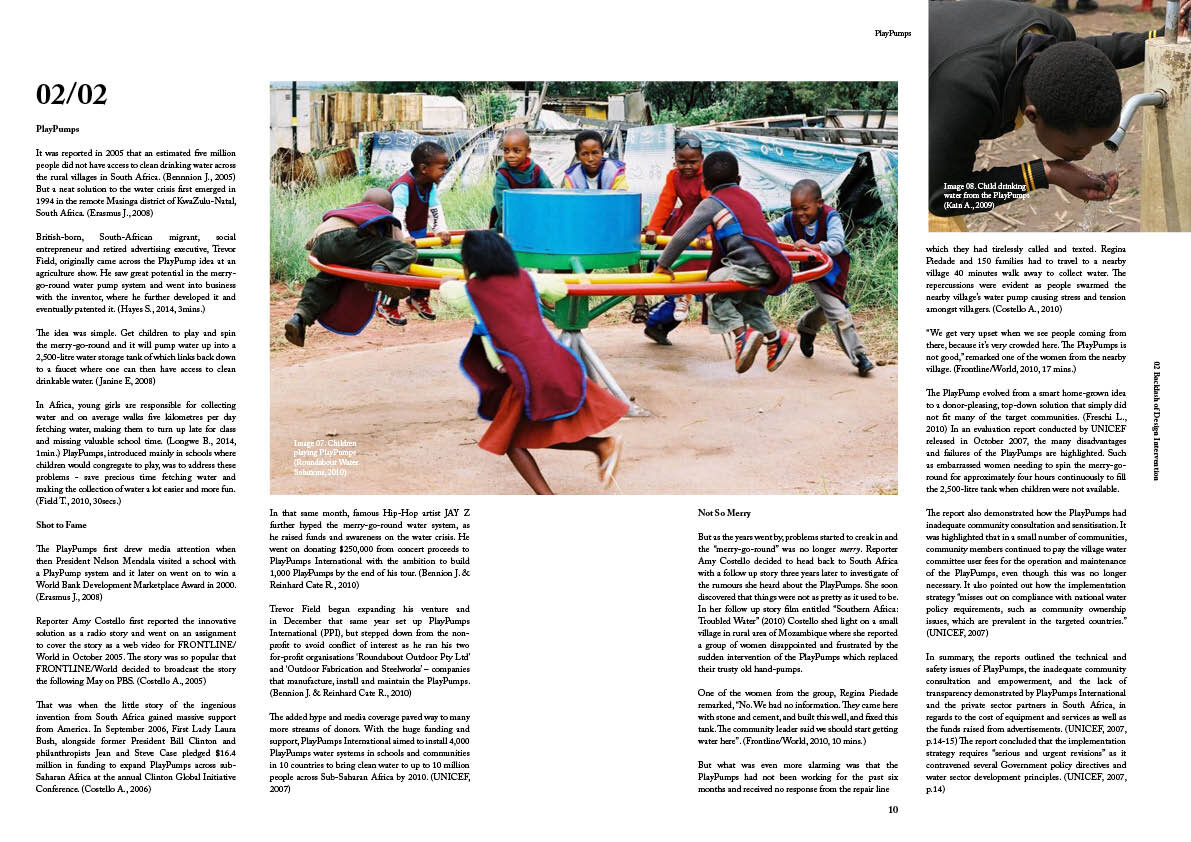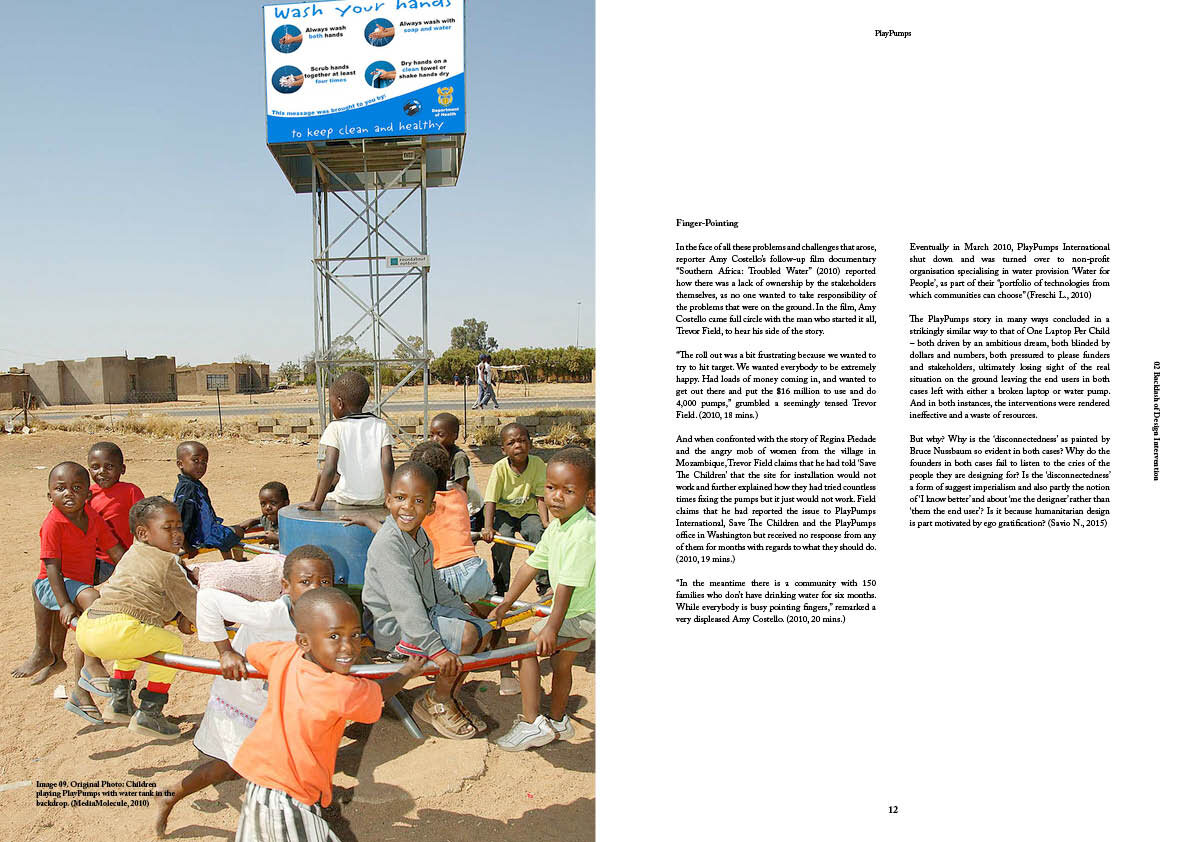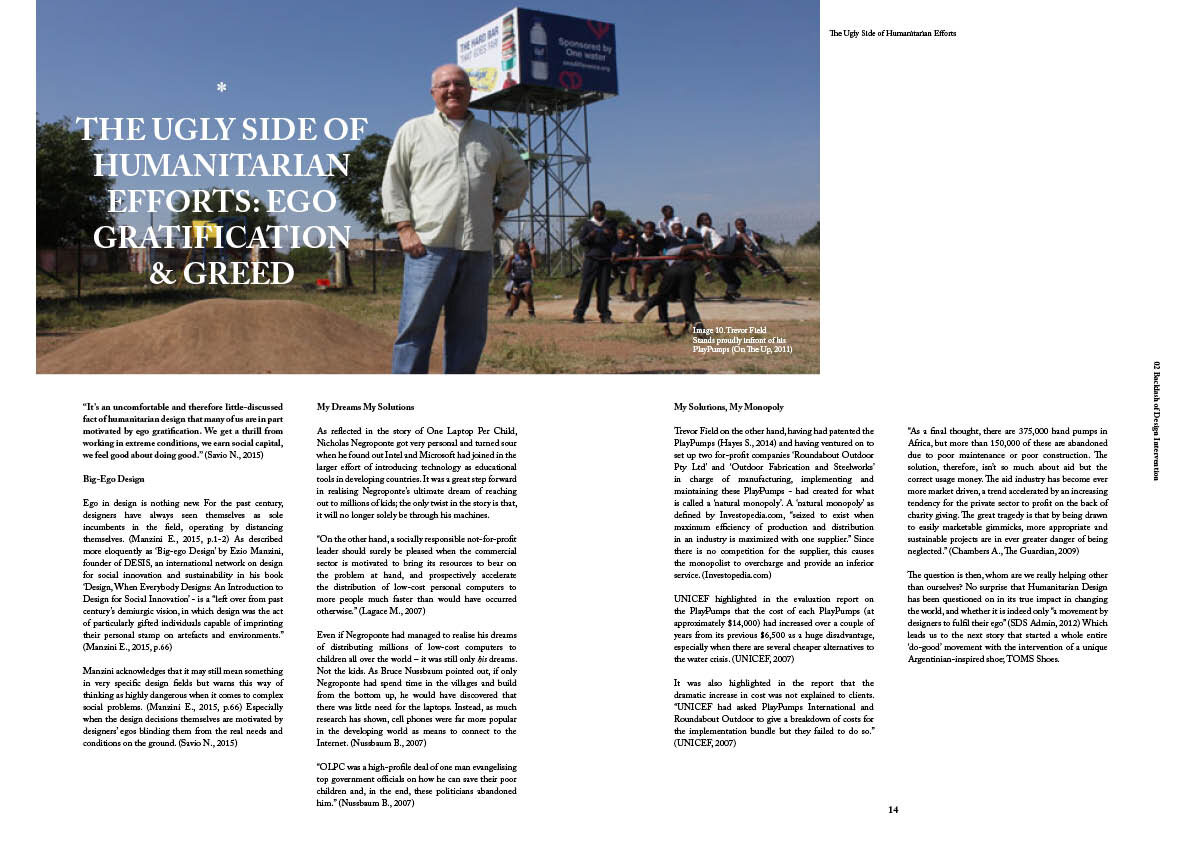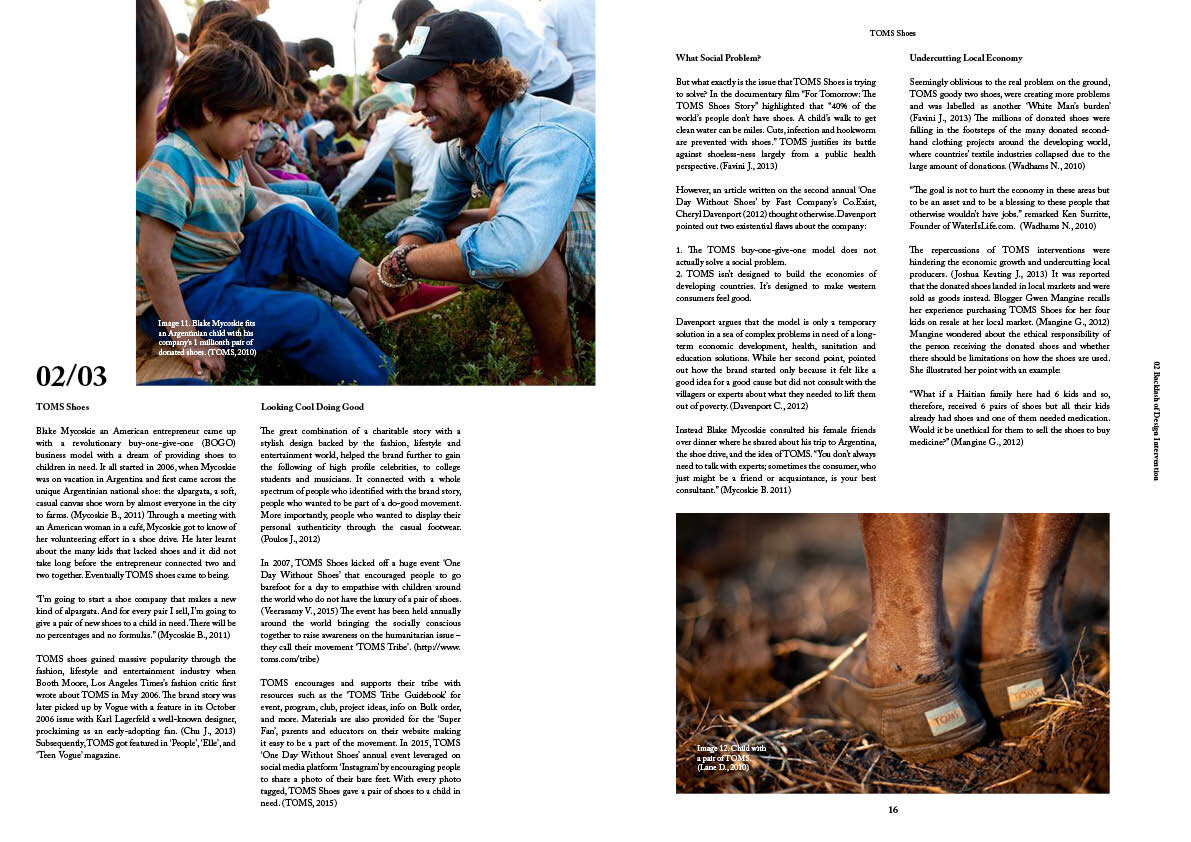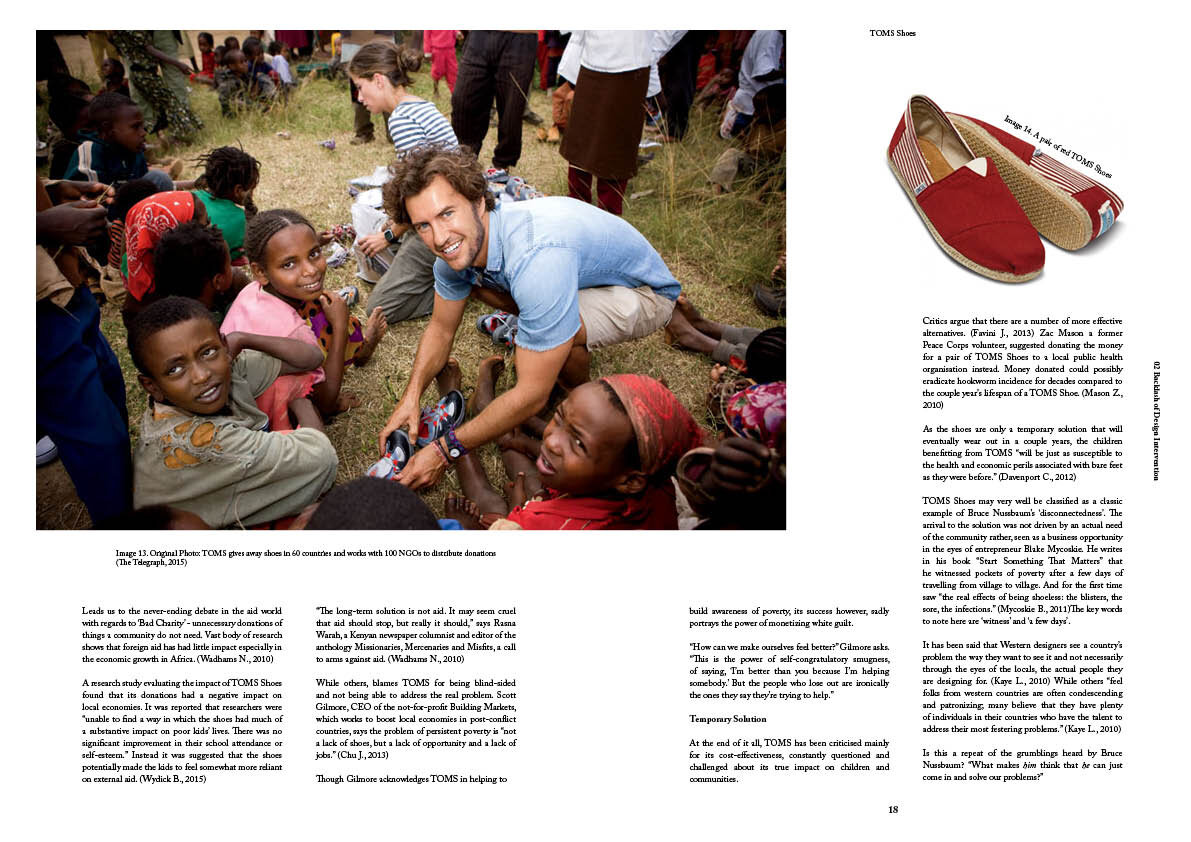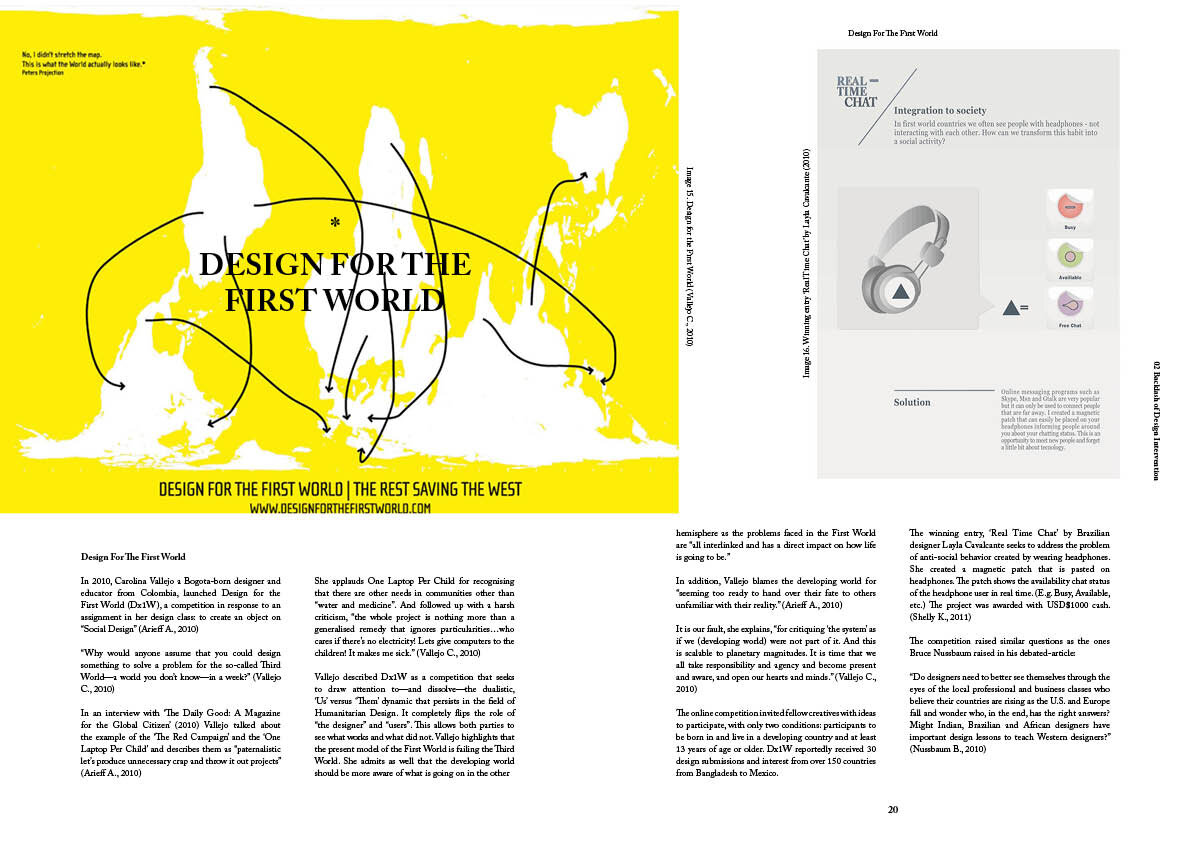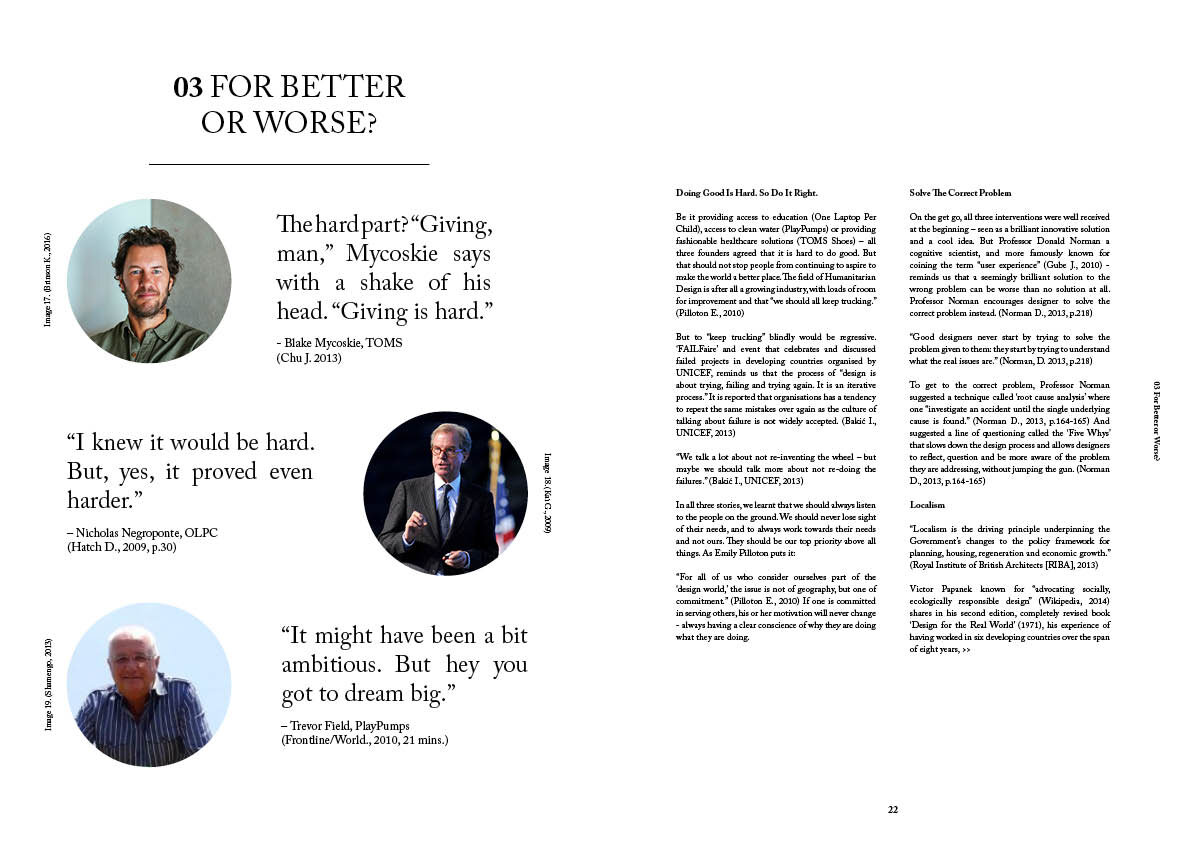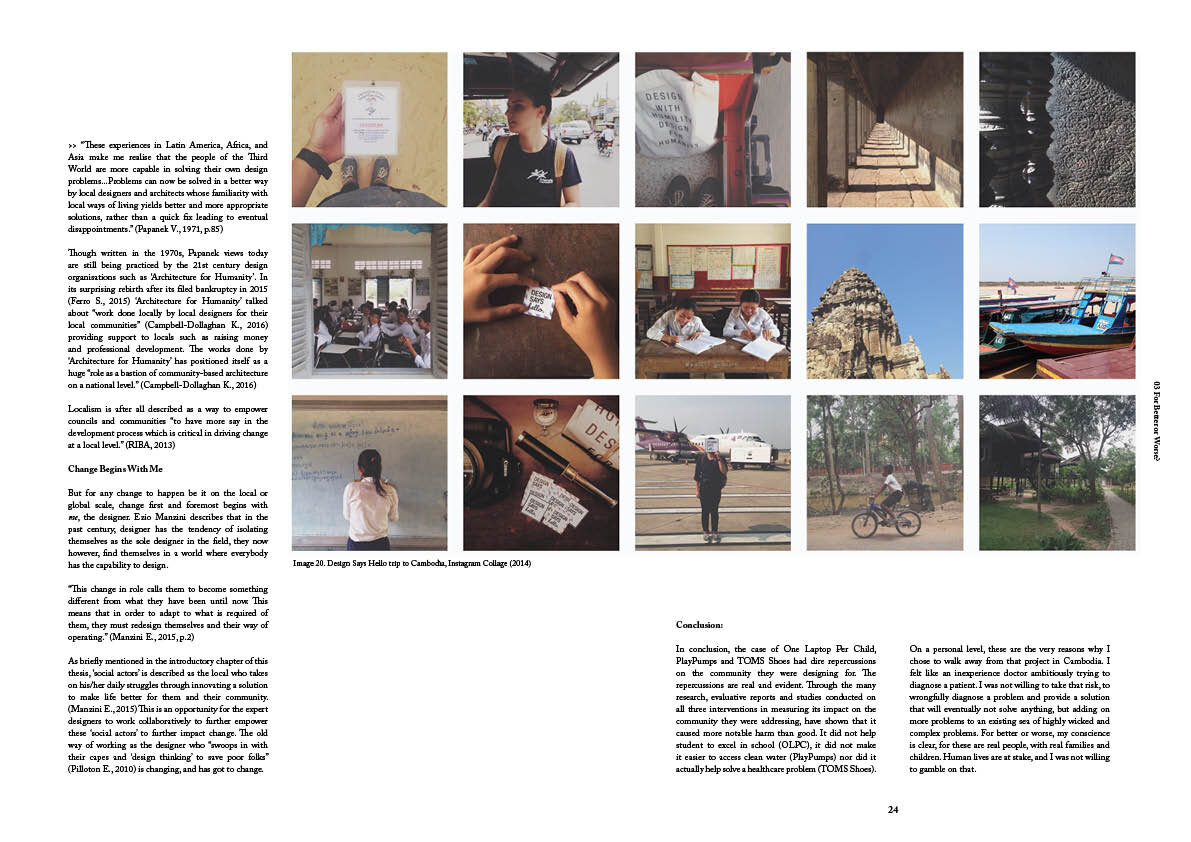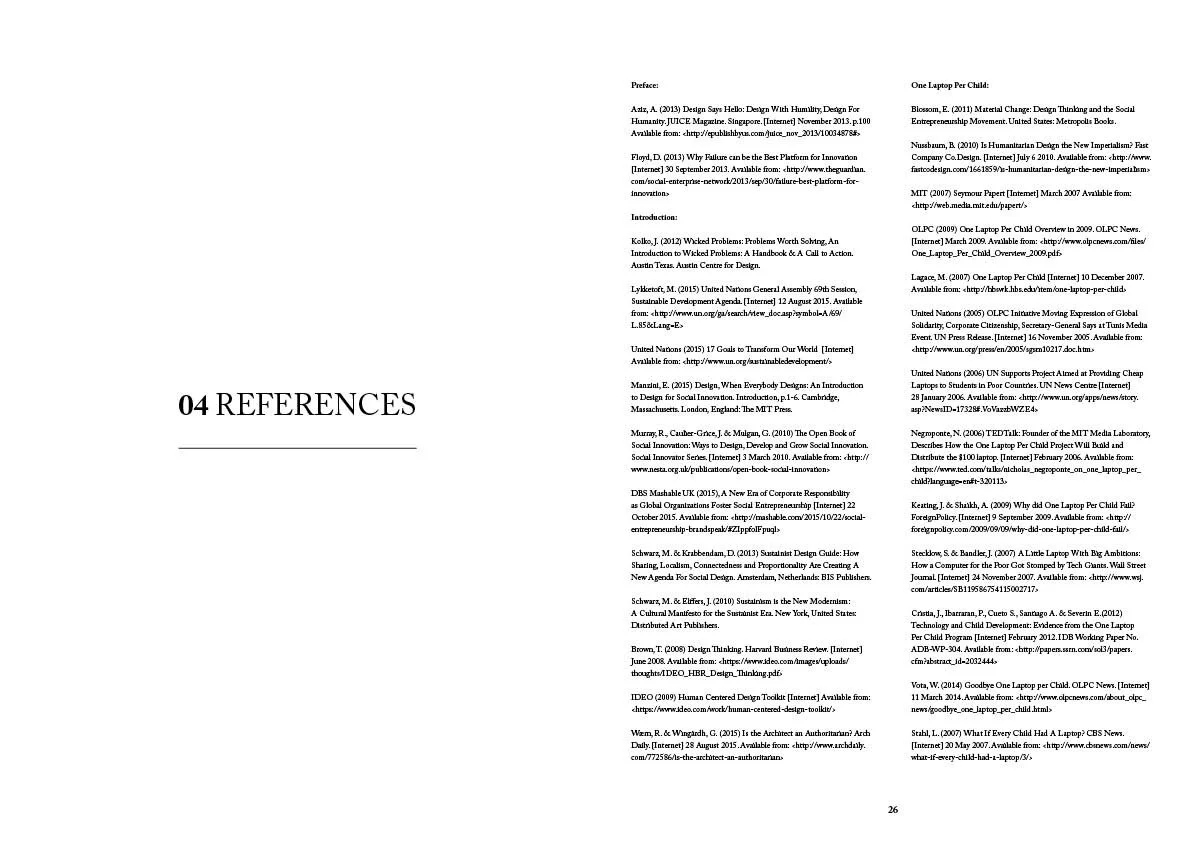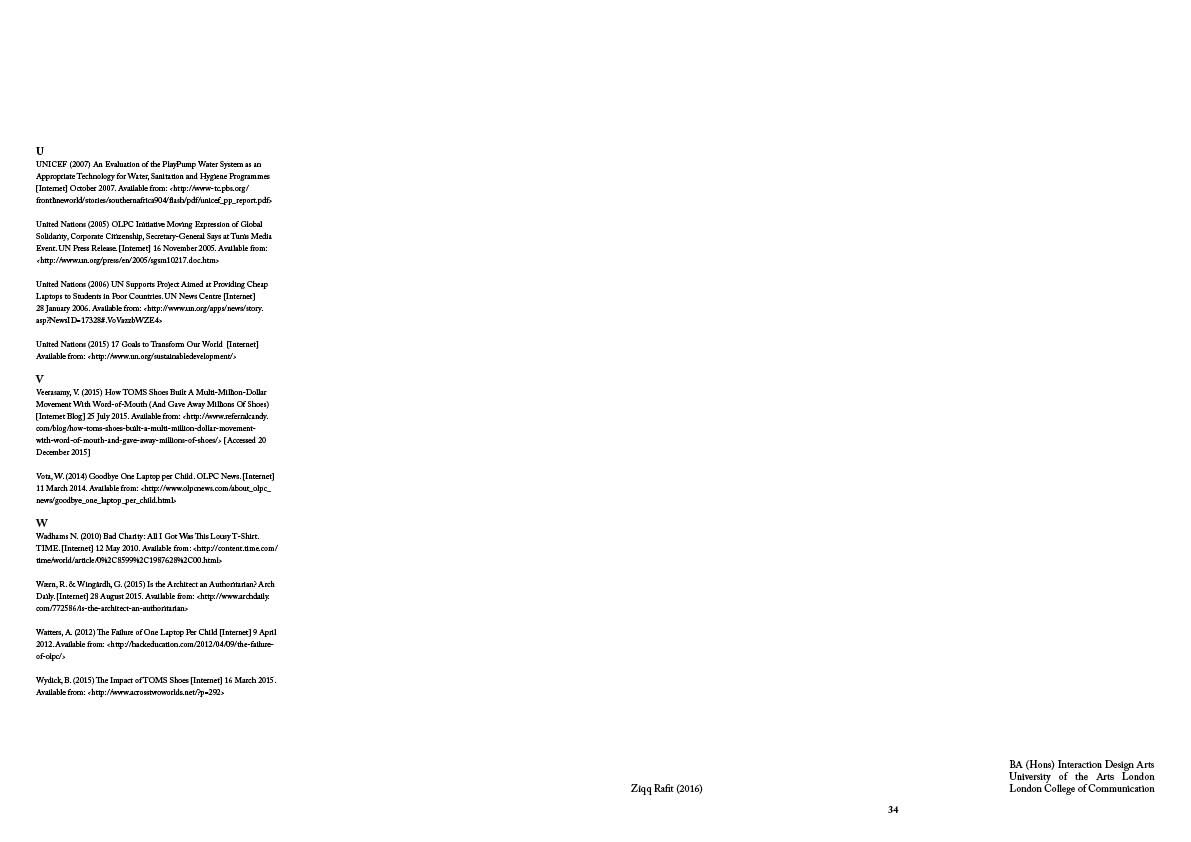Failure to Learn: The Repercussions of Design Interventions in Developing World
As the founder of Design Says Hello (DSH), I was invited to speak at User Experience Singapore (UXSG) Conference held at Microsoft in early 2014 where I had the opportunity to share with the audience about a potential humanitarian design project in Cambodia. I received a roaring response from the audience and a pat on the back from many of the white-collars present, which then resulted in an unexpected backing of a proposed quarter-million dollars came DSH’s way.
I was thrilled and could not wait to make an impact in people’s lives. My dream of changing the world was soon becoming a reality. I assembled a team of architects and designers who shared the same dream of using design as a catalyst for change and eventually flew over to Cambodia.
Over the course of a week, we connected with two well-established local organisations; ‘Friends International’ and ‘Caring for Cambodia’ and learnt that the situation on the ground was much more complex and complicated than we could ever imagined. The traumatic history of the Khmer Rouge, the government, the overpopulated presence of external non-profit organisations, the child exploitation, poverty, infrastructure etc. were all interlinked in a web of highly wicked problems.
But at the same time, we saw first hand how the two local organisations were equipping and empowering impoverished women with life skills. Helping them to integrate back into society as a valuable member of the community. There were many other amazing works by the local organisations that were tackling real and complex problems – such as children being used as a tourist attraction, amongst other things.
More importantly through the many conversations with the locals and organisations, I learnt that the country is beginning to take ownership of solving their own problems. Though the money was enticing, I eventually turned down the offer. Many felt I should have taken the money and worry later, and to some, I was deemed a failure.
Which leads me to this thesis. In many aspects, it is a manifestation of my explanation to why I chose to walk away from the project. More specifically, this thesis aims to take an in-depth look at past failures, such as project ‘One Laptop Per Child’ (OLPC), ‘PlayPumps’ and ‘TOMS Shoes’ as means of discerning the techniques and tactics in the field of humanitarian design and social innovation in the developing world. It will also question what one must take into account in order to cater to the needs of its target community.
Successes can easily become a model for more of the same, whereas failure offers a platform for discussion and debate about what went wrong and what could have been avoided. In addition, this thesis aims to use the lessons from past failures to propose actions for the future.
